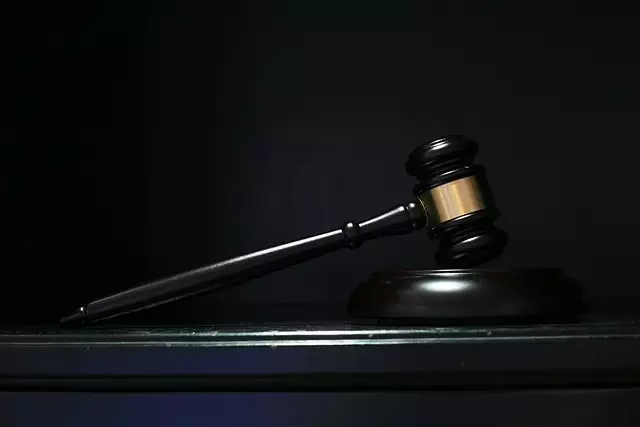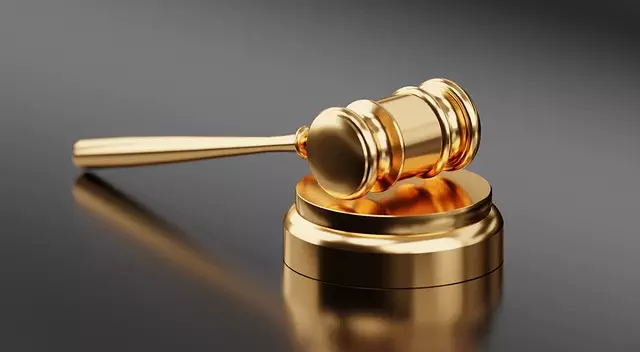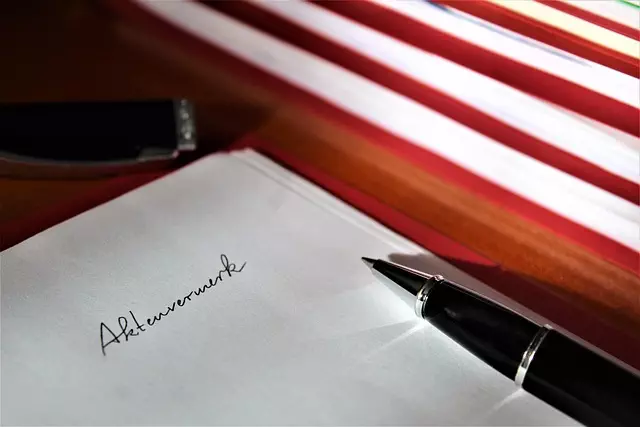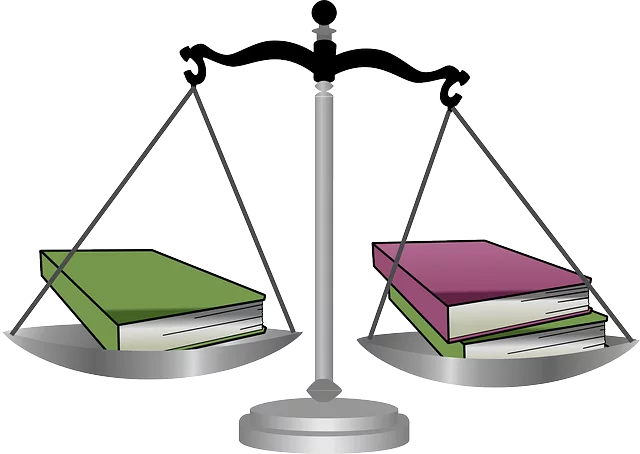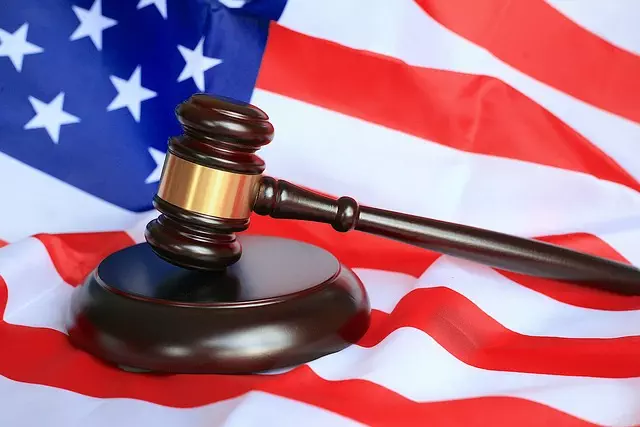
Category: Littleton Colorado Slip and Fall Accidents
Littleton Colorado Slip and Fall Accidents: A Comprehensive Analysis
Introduction
In the bustling metropolis of Littleton, Colorado, an often-overlooked yet critical aspect of urban life has captured the attention of legal professionals and city planners—slip and fall accidents. These incidents, while seemingly mundane, have significant implications for personal safety, property management, and legal frameworks. This article aims to delve into the intricate world of Littleton Colorado slip and fall accidents, exploring their causes, impact, and the multifaceted strategies employed to mitigate risks and manage liabilities. By examining various facets, from international perspectives to technological innovations, we will uncover the complex landscape surrounding these incidents and their influence on communities and industries alike.
Understanding Littleton Colorado Slip and Fall Accidents
Definition and Core Components
A slip and fall accident, in its essence, refers to an incident where an individual experiences injury due to a sudden loss of balance, typically caused by a hazardous condition on a surface or property. In the context of Littleton, Colorado, these accidents can range from minor trips and stumbles to more severe falls resulting in fractures, head injuries, or other traumatic injuries. Core components include:
- Hazardous Conditions: These can include slippery surfaces (e.g., wet floors, ice), uneven terrain, inadequate lighting, obstacles on walkways, or poorly maintained properties.
- Loss of Balance: The primary cause, often triggered by a sudden change in the walking surface or external factors like weather conditions.
- Injury: Resulting from the fall, ranging from minor bruises to severe fractures, head trauma, or soft tissue damage.
Historical Context and Significance
Slip and fall accidents have been a persistent issue in urban environments for centuries. However, their legal and social significance has evolved over time, particularly with changing building codes, liability laws, and public safety standards. In Littleton, as in many cities, these incidents have historically been a concern for property owners, landlords, and local authorities, who must balance the need for public access and safety with the responsibilities of property maintenance.
The rise of modern urban planning and accessibility standards has led to increased focus on creating safer public spaces. This shift is reflected in legal precedents and regulatory frameworks that prioritize preventing slip and fall accidents as a crucial aspect of community well-being.
Global Impact and Trends
International Influence
Littleton Colorado slip and fall accidents, while specific to the region, are not isolated incidents. Similar challenges and concerns exist globally, with varying trends and legal approaches:
- North America: The United States, including Colorado, has seen a rise in litigation related to slip and fall accidents, often involving complex issues of premises liability and property maintenance standards.
- Europe: Countries like the UK and Germany have well-established legal frameworks for personal injury claims, with specific guidelines for slip and fall cases, emphasizing reasonable care and risk assessment.
- Asia Pacific: Rapid urbanization in countries like China and Japan has led to a growing number of slip and fall incidents, prompting stricter building codes and safety regulations.
Key Global Trends
- Increasing Litigation: Many regions are witnessing a rise in legal cases related to slip and falls, reflecting a more litigious atmosphere and evolving personal injury laws.
- Stricter Regulations: Governments worldwide are implementing stricter property maintenance standards and safety guidelines to reduce the incidence of these accidents.
- Technological Integration: The adoption of technology, such as surveillance systems and advanced lighting, is becoming more common to monitor and improve safety in public spaces and buildings.
Economic Considerations
Market Dynamics and Impact
Slip and fall accidents have significant economic implications, affecting various sectors:
- Healthcare: Medical costs associated with treating injuries from these incidents contribute to healthcare expenditure.
- Insurance: Property owners and businesses often face increased insurance premiums due to higher risk profiles and potential liability claims.
- Legal Costs: Complex litigation can result in substantial legal expenses for both plaintiffs and defendants.
- Productivity Loss: Injured individuals may experience reduced productivity, leading to decreased economic output on an individual and societal level.
Investment Patterns and Opportunities
The management of slip and fall accidents presents investment opportunities in:
- Safety Technologies: There is a growing market for advanced safety technologies, such as anti-slip coatings, improved lighting systems, and sensor-based hazard detection devices.
- Property Maintenance Services: Specialized companies offering comprehensive property safety assessments and maintenance services are gaining prominence.
- Legal Support: Law firms specializing in premises liability cases attract investors seeking to capitalize on the rising litigation trend.
Technological Advancements
Innovations Shaping Slip and Fall Management
Technological advancements play a pivotal role in transforming the landscape of slip and fall accidents:
- Surveillance Systems: High-definition cameras can capture incident details, providing crucial evidence for legal cases and risk assessment.
- Sensor Technology: Motion sensors and pressure mats can detect hazardous conditions in real time, triggering alerts to prevent falls.
- Advanced Lighting: Smart lighting systems adapt to weather conditions, improving visibility and reducing the risk of trips and stumbles.
- Mobile Applications: Apps for property managers and building maintenance teams enable efficient tracking of safety tasks and incident reports.
Impact on Safety Management
These technological innovations enhance safety management in several ways:
- Proactive Risk Assessment: Real-time data from sensors allows for more accurate risk assessment, enabling proactive measures to mitigate hazards.
- Improved Legal Defense: Detailed surveillance footage and sensor data provide compelling evidence, strengthening defense arguments in litigation.
- Efficient Maintenance: Digital tracking of safety tasks ensures timely maintenance, reducing the likelihood of hazardous conditions.
Mitigating Risks and Managing Liabilities
Strategies for Property Owners and Businesses
To minimize the risks of slip and fall accidents, property owners and businesses in Littleton can implement several strategies:
- Regular Safety Inspections: Conduct thorough inspections to identify and address potential hazards, ensuring compliance with local regulations.
- Maintenance Programs: Develop comprehensive maintenance schedules, including regular cleaning, repairs, and updates to lighting and warning signs.
- Training and Education: Provide staff training on slip and fall prevention and customer awareness, fostering a culture of safety.
- Signage and Warnings: Place clear signage indicating potential hazards, especially during adverse weather conditions.
- Adoption of Technology: Integrate advanced safety technologies to monitor and improve surface conditions, lighting, and overall safety.
Legal Frameworks and Liability
The legal aspects of slip and fall accidents vary across jurisdictions, but certain principles are commonly applied:
- Premises Liability: Property owners have a duty of care to maintain their premises in a safe condition for visitors. Failure to do so can result in liability for any resulting injuries.
- Reasonable Care: The standard of care expected varies based on the circumstances, with landlords and businesses required to act reasonably to prevent foreseeable hazards.
- Contributory Negligence: In some jurisdictions, the victim’s actions (e.g., speeding up on a wet floor) may contribute to liability, reducing compensation.
- Statutory Regulations: Local building codes and safety regulations provide specific guidelines, with non-compliance potentially leading to legal repercussions.
Community Engagement and Public Safety Initiatives
Collaborating for Safer Streets
Addressing slip and fall accidents requires a collaborative effort between local authorities, property owners, businesses, and the community:
- Public Awareness Campaigns: Educate residents about common hazards and safety practices, encouraging them to report potential issues.
- Community Clean-up Programs: Involve volunteers in regular street clean-up drives to remove debris and potential tripping hazards.
- Local Regulations: Work with city planners to implement specific guidelines for property maintenance and public space safety.
- Joint Liability Insurance: Property owners’ associations or business groups can pool resources to obtain joint liability insurance, providing comprehensive coverage for slip and fall incidents.
Conclusion: Balancing Risks and Opportunities
Littleton Colorado slip and fall accidents represent a complex interplay of legal, economic, technological, and social factors. While these incidents pose risks, they also present opportunities for innovation, improved safety standards, and enhanced community resilience. By understanding the multifaceted nature of these challenges, property owners, businesses, and local authorities can collaborate to create safer environments, mitigate liabilities, and promote a culture of responsibility and awareness.
As technology advances and legal frameworks evolve, the management of slip and fall accidents will continue to shape urban development, personal safety, and the dynamics of public and private liability. This ongoing dialogue ensures that communities like Littleton remain vibrant, accessible, and safe for all its residents.


